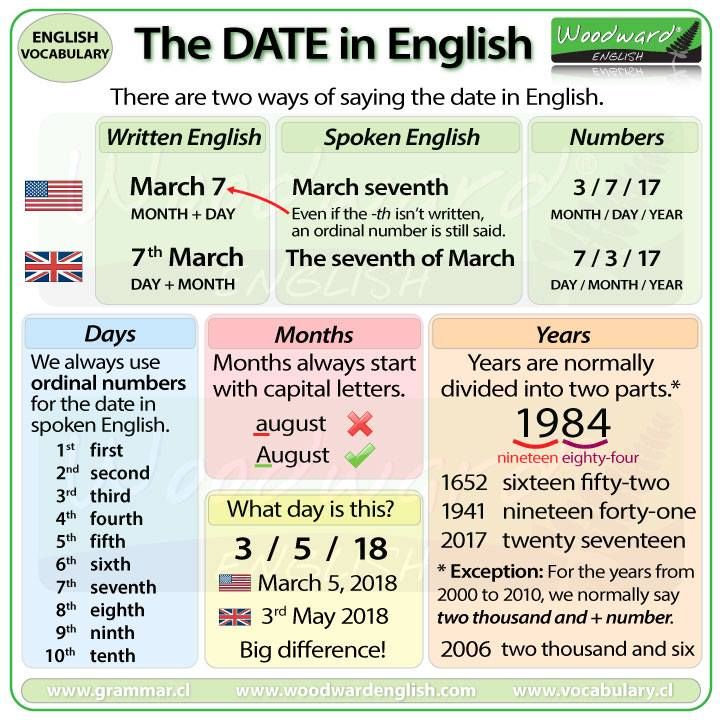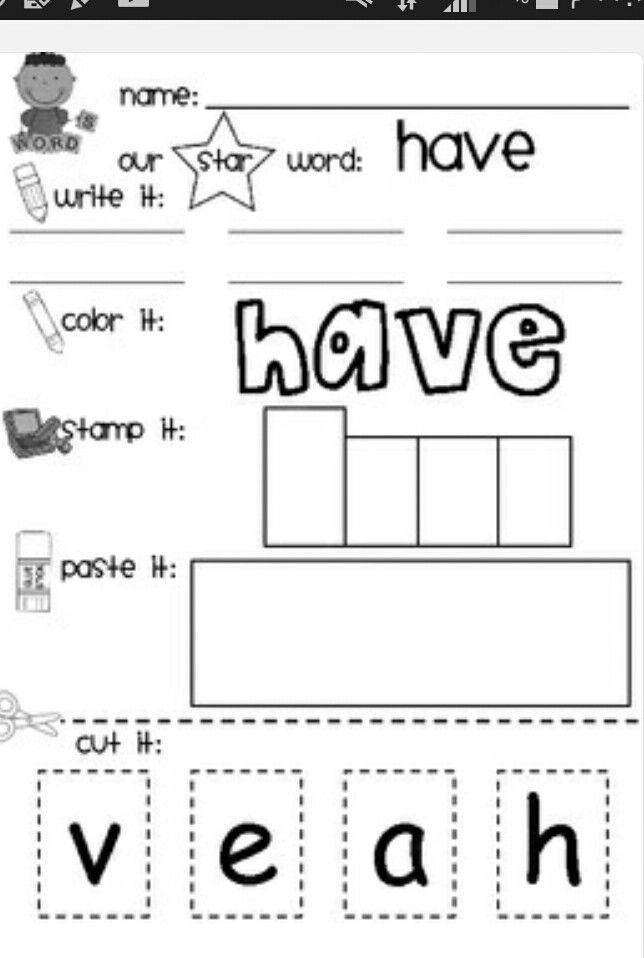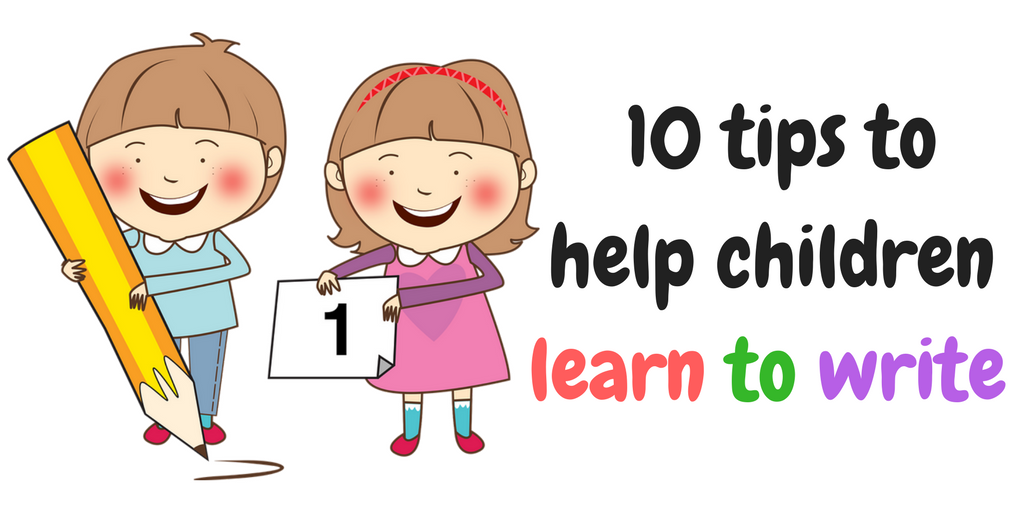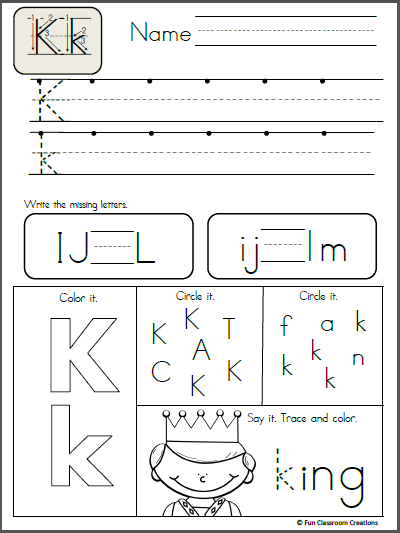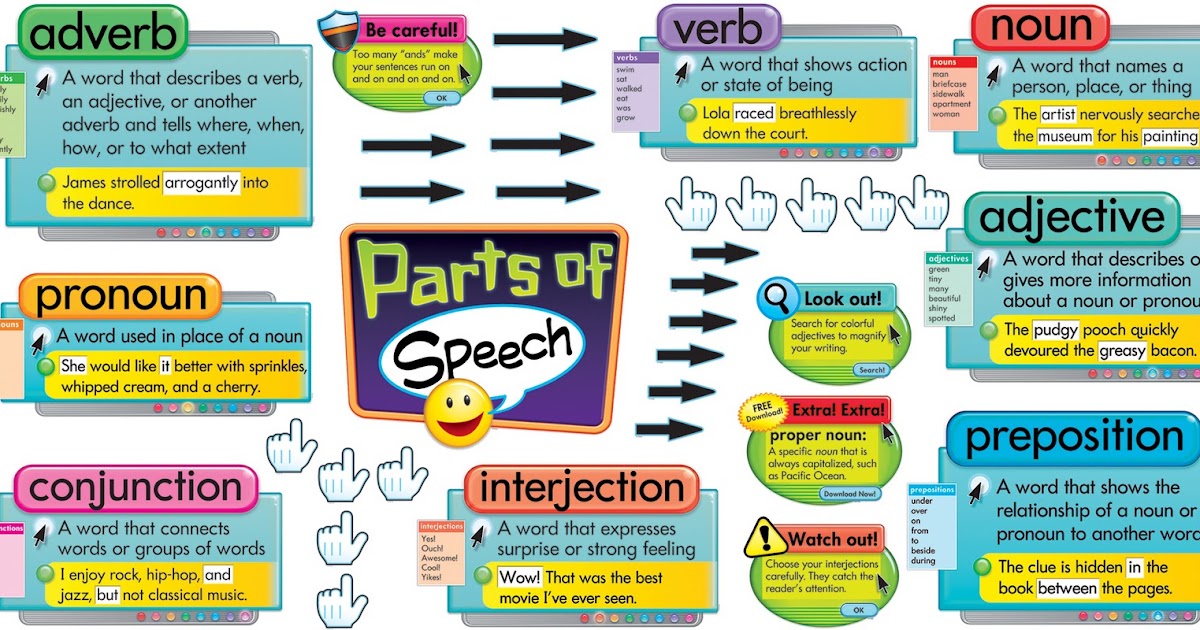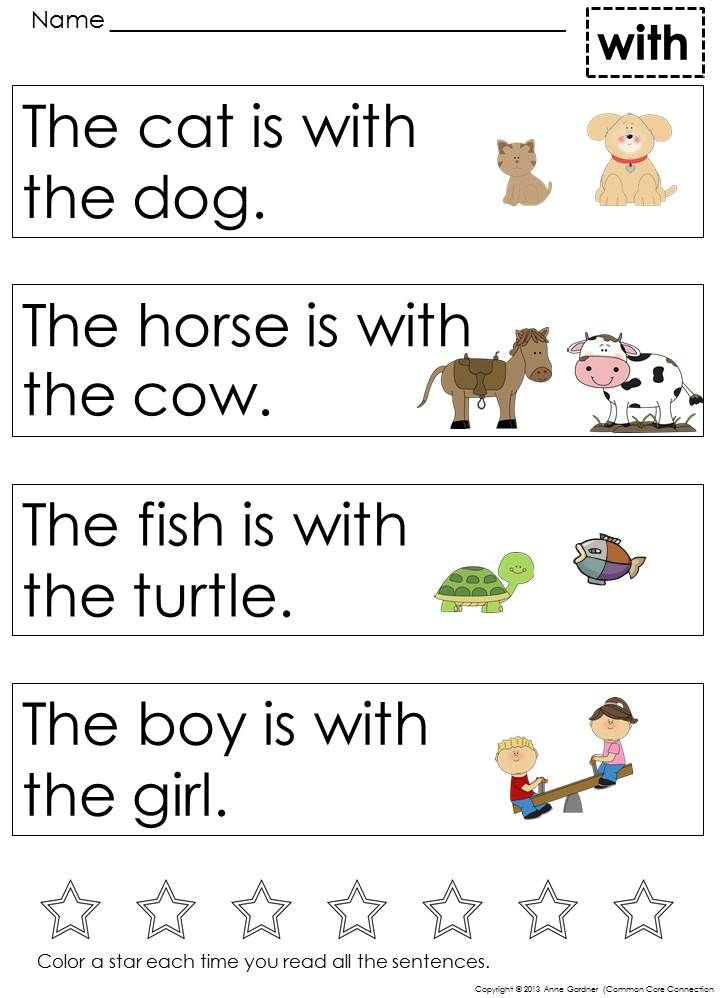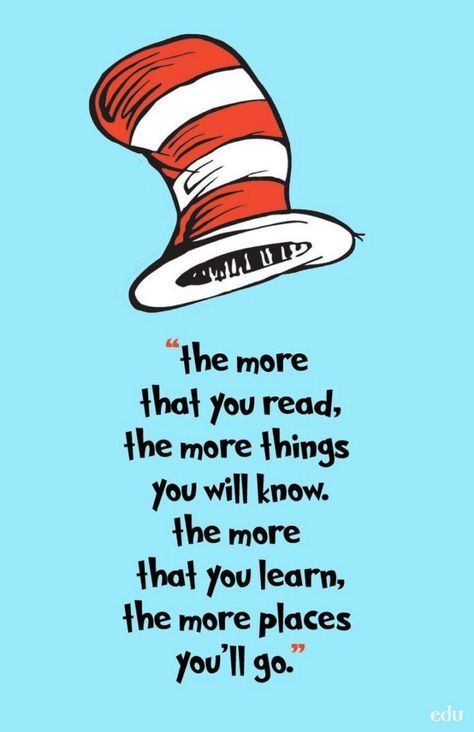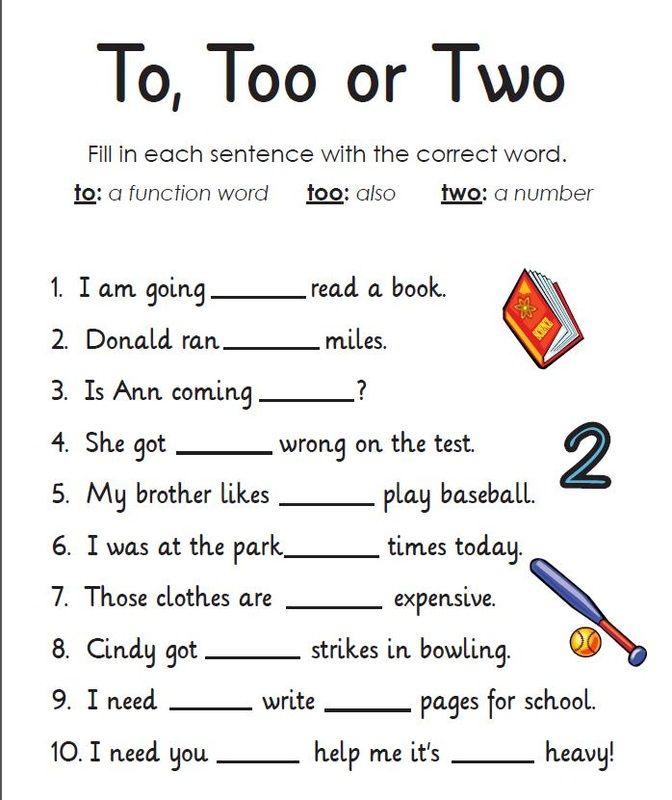When do you learn to write
When Should I Teach My Child to Write?
Affiliate and Referral links are used below to promote products I love and recommend. I receive a commission on any purchases made through these links. Please see my disclosure policy for more details.
Along with learning to read, writing is another significant milestone that parents often wonder about. One question I see over and over again is “when should I teach my child to write?”
The answer is not cut and dry, “they should know how to write by age ‘insert age here'”. Writing, or handwriting, is a very complex milestone that involves many building blocks of skills that you may not realize.
So let’s take a look at some of these and answer the question, “When should I teach my child how to write?
Skills Needed for Handwriting
If you are looking for a specific age for when to introduce handwriting, unfortunately, I can’t really give you one. What I can do is show you developmentally what is appropriate based on your child’s current age.
However, even with this, it is still important to remember that each child is different. Not only do we want to consider what is age-appropriate, but developmentally what is appropriate for your child and what their interest level is.
There are some foundational skills, or building blocks, that a child needs in order to be successful with handwriting.
These include:
Sensory Processing – specifically proprioception, or the ability to know where their body is in space. This affects pencil grasp, being able to put enough pressure on the pencil to write without looking at it, and also affects posture (slouching vs. sitting upright).
You can learn more about proprioception here.
Gross motor skills – this includes being able to cross the midline (with the hands as well as the eyes), bilateral coordination (holding the paper down with one hand while writing with the other), and core strength (being able to sit upright and not slouching).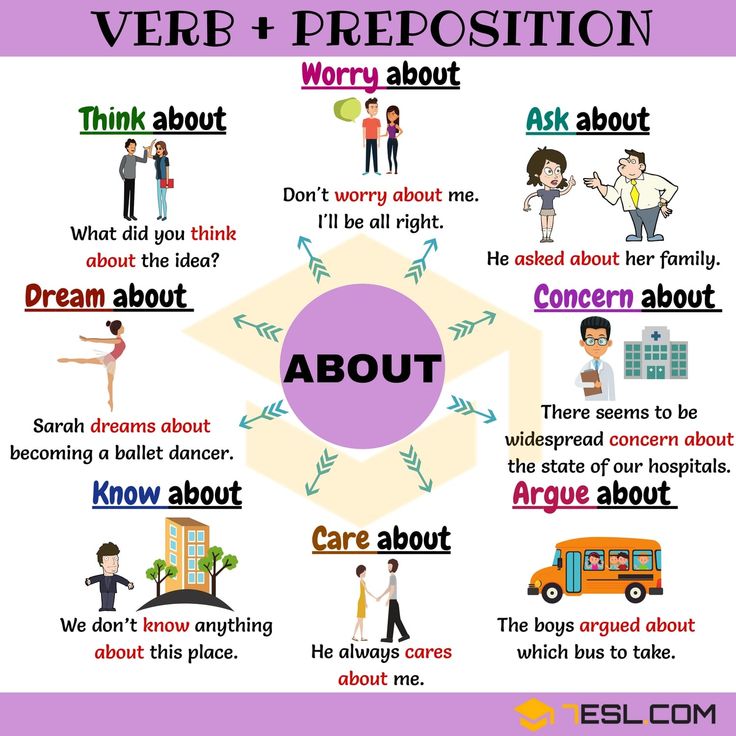
Fine motor skills – I wrote specifically on the fine motor skills needed for handwriting here, but I’ll give you the shortened version for this post. Fine motor skills involve a lot of different skills, but it is thought that in-hand manipulation has a significant effect on handwriting. This relates to pencil grasp as well.
You can read more on pencil grasp development here.
And also I shared some activities for in-hand manipulation here.
Visual-motor skills – You may see a lot of confusing terms related to visual-motor skills. Visual motor skills involve the physical movements of the eye as well as interpreting information the eyes receive by the brain. Eye-hand coordination is the skill that takes the information from the eyes and is able to coordinate movement of the hands with the eyes.
When all of this information is working together, you have what is called visual-motor integration. This means that the eyes and motor movements (visual perception and motor skills) are working together in order to complete tasks.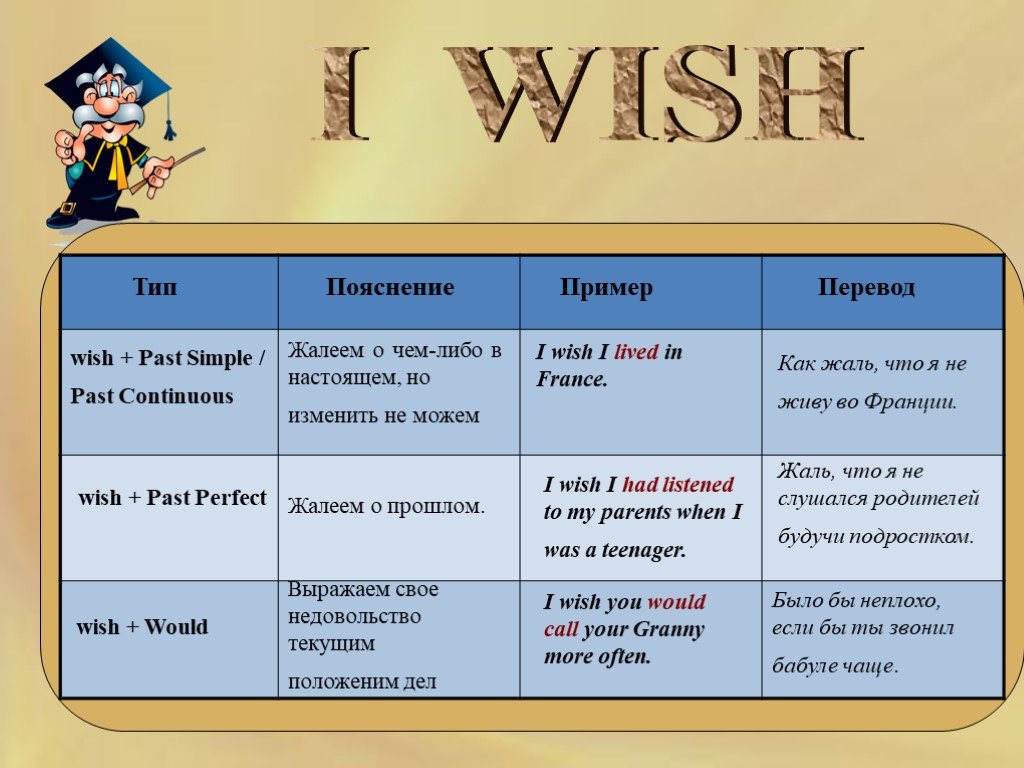
A child needs eye-hand coordination, visual perception, and spatial perception, to name a few, in order to be successful with handwriting.
Executive Function – As your child grows, they will use more executive function skills with their writing. Executive function includes working memory, planning and completing tasks, and organization. You can read more about executive function here.
Handwriting Milestones
Now that we know what skills are needed for handwriting, let’s look at typical handwriting milestones.
Pre-writing skills are a huge part of handwriting, so you will see me reference these throughout these milestones. I’ll give you links to further reading on this term at the end of this section.
Toddlers (15-24 months old) – Toddlers are beginning to scribble and make marks on a page with a fisted grasp.
Preschool (3-4 years old) – Start to make marks and lines that resemble objects (drawing), can begin to master some pre-writing lines (vertical, horizontal, and circle shapes as an example).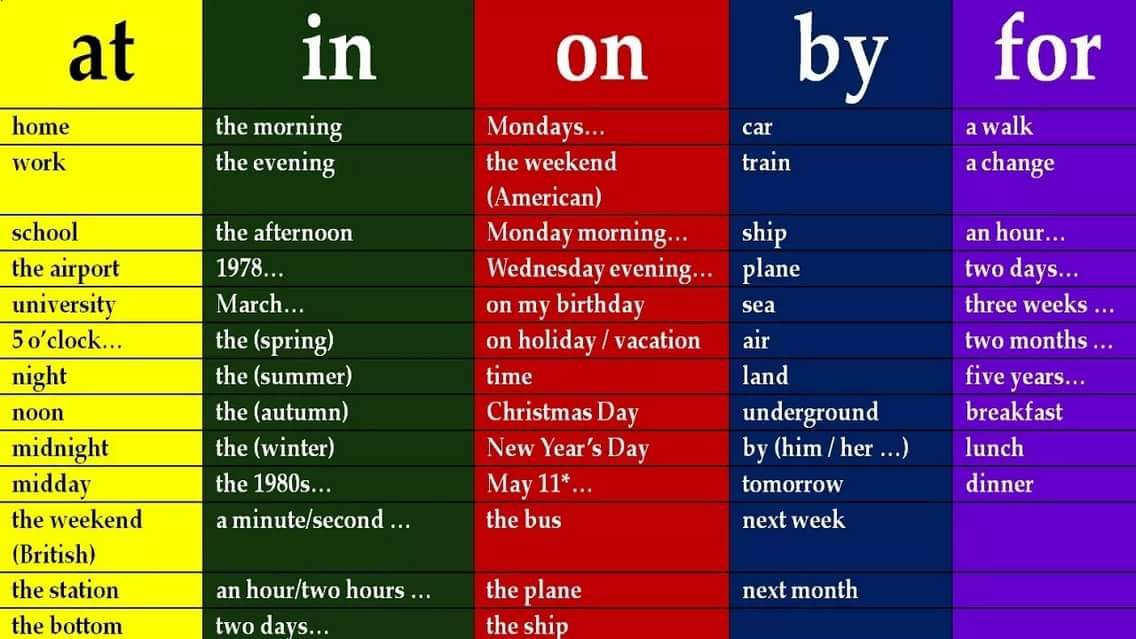 May write some letters of the alphabet, typically the ones in their name. Pencil grasp is still developing.
May write some letters of the alphabet, typically the ones in their name. Pencil grasp is still developing.
Kindergarten (5-6 years old) – Pencil grasp is maturing to a dynamic tripod or quadrupod grasp. They will also be learning how to write all the letters of the alphabet and some numbers.
This is where we need to remember that mastering pre-writing lines should come first. If a child has not mastered some of those lines or shapes, writing the alphabet may be harder for them. Some children may start spelling small words by sound.
Early Elementary (6-8 years old) – Start being able to spell and write words such as sight words and short sentences. By the end of 2nd grade, a child may be able to write a page-long narrative or opinion piece of writing.
Elementary (8-10 years old) – Write more complex sentences and start learning how to self-edit their work. They also start to understand the process of planning, drafting, and revising their written work.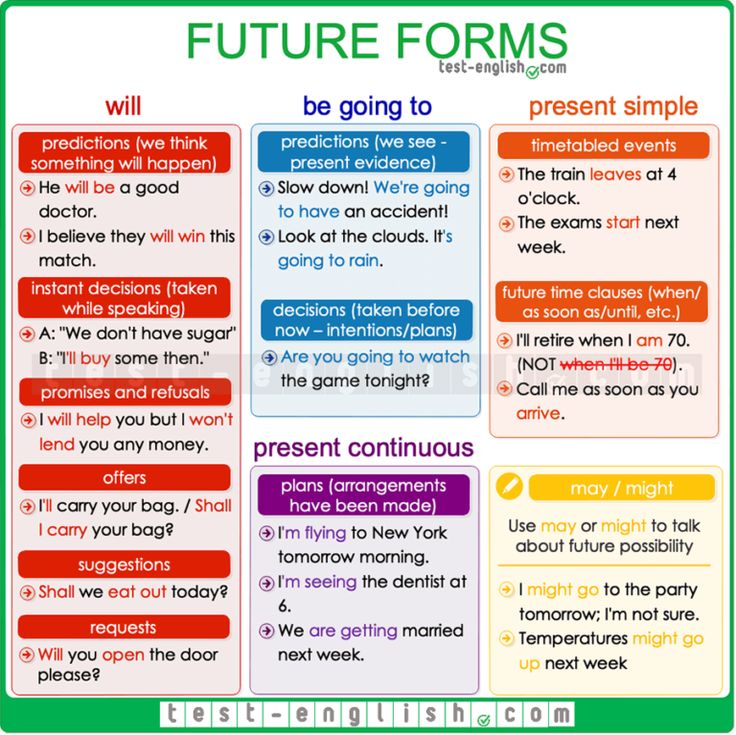 Many children also begin typing on a keyboard at this age for longer written assignments.
Many children also begin typing on a keyboard at this age for longer written assignments.
Middle School (10-13 years old) – Continue to develop typing skills, grammar, spelling, and vocabulary knowledge.
High School (14 years and older) – Write longer and more complex papers on a variety of topics. Also how to combine information from multiple sources.
Here are more resources as I promised above:
- Typical Fine Motor Developmental Milestones
- Typical Visual-Motor Developmental Milestones
- Basics of Pre-Writing Skills & Activities
- Writing Skills: What To Expect at Different Ages – Understood.org
- Written Communication Development Chart – ChildDevelopment.com.au
When Should I Teach My Child to Write?
Many people start to ask this question when their child enters preschool. However, as we’ve been looking at above, many preschool-age children are not ready for formal handwriting instruction simply because they are not developmentally ready.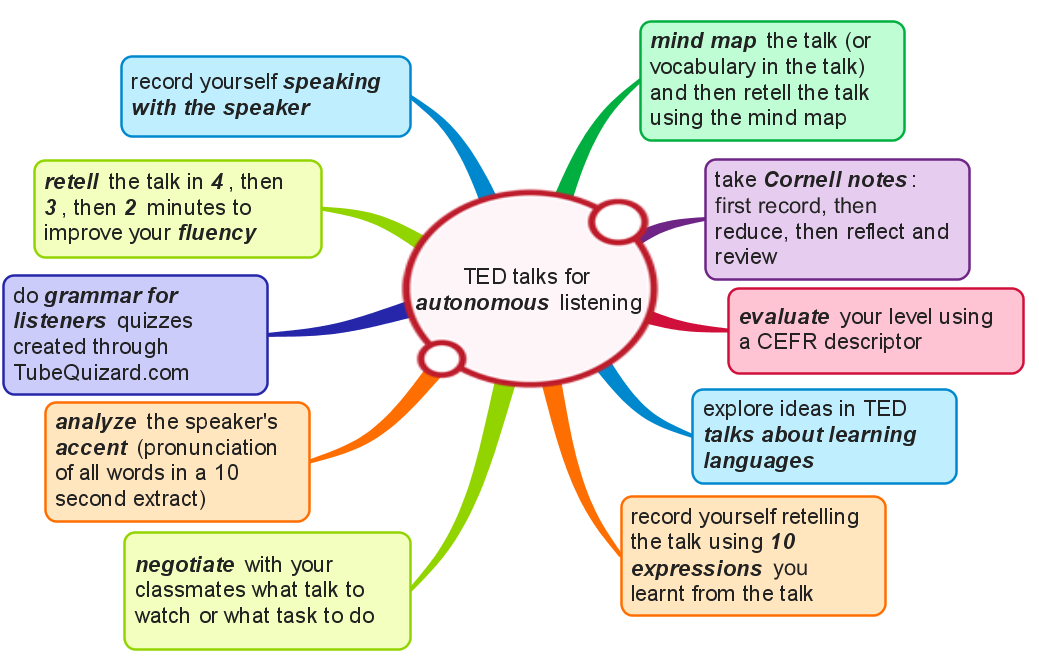
However, if a child is showing interest in writing we should follow their lead. If you have a younger child who wants to learn to write their name, then by all means start showing them.
What I do want to stress is that we remember what is developmentally appropriate and realize that mastery of these skills may not come for a few months or even years.
Focusing on those foundational skills for handwriting, especially at these younger ages, will set your child up for a successful handwriting experience.
My Personal Experience As a Homeschool-Mom
Let me share what I have done personally with my children.
My daughter, who is the oldest, was never really interested in drawing, coloring, or writing. Even when we hit Kindergarten, she really disliked it. I continued to provide ways for her to practice, while also focusing on fine motor and other skills that I knew she needed.
When first grade came, she suddenly wanted to color all the time and quickly picked up on it.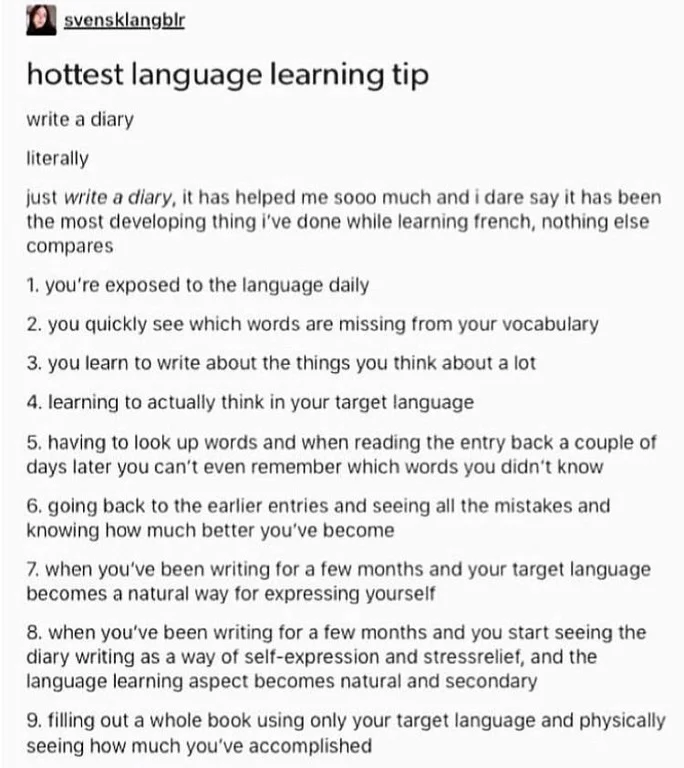 She is now is 2nd grade and loves to draw, is starting to spell and we finally found a handwriting curriculum that she loves to use (it is from The Good and the Beautiful found here).
She is now is 2nd grade and loves to draw, is starting to spell and we finally found a handwriting curriculum that she loves to use (it is from The Good and the Beautiful found here).
My son, who is 5, began Pre-K this year and we are also using The Good and The Beautiful with him. Before this, we focused on a lot of fine motor skills, visual-motor, gross motor, etc., and still continue to do that.
One day he asked me to show him how to write his first and last time and after about a week of practice, he was able to do it in all uppercase letters. This was something I monitored, but it was mostly interest-led for him.
We will continue to focus more on this in Kindergarten next year when he will be 6.
If you’d like more information on handwriting, I would love for you to check out The Handwriting Book. It was written by myself and 10 other pediatric Occupational Therapists and Physical Therapists and will be a great resource as you navigate handwriting.
Writing Development by Age | Understood
Learning to write involves many skills.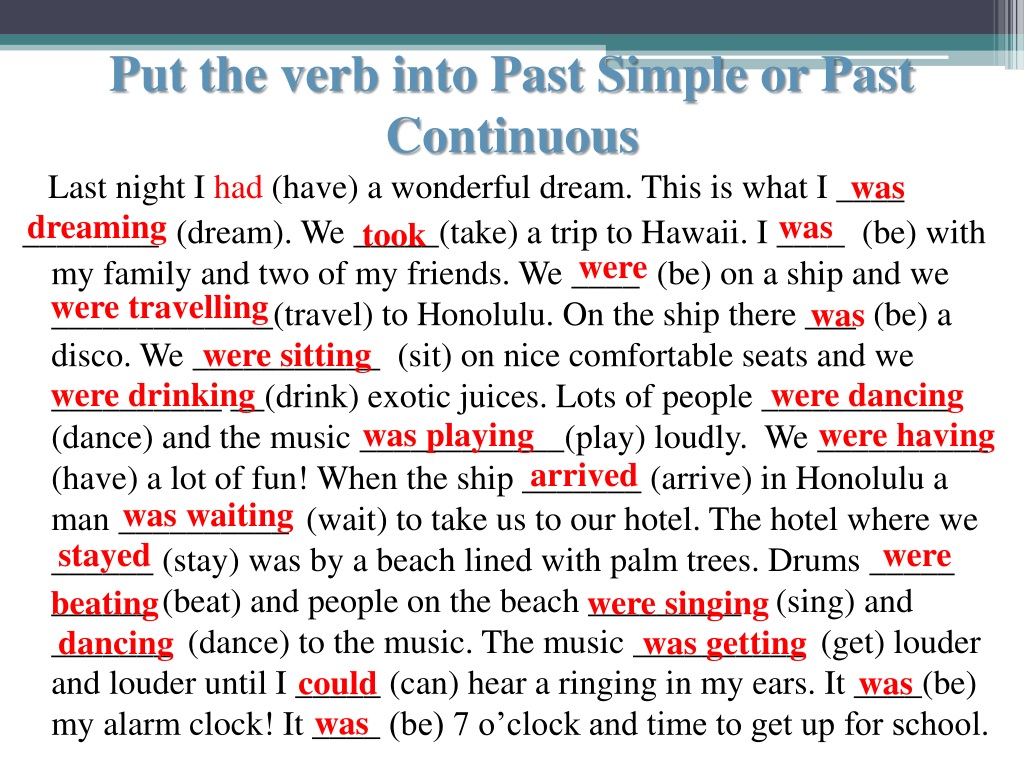 Kids need fine motor skills for handwriting and typing. Getting words on paper also requires spelling and other skills closely related to reading.
Kids need fine motor skills for handwriting and typing. Getting words on paper also requires spelling and other skills closely related to reading.
Explore topics selected by our experts
Reading and writing
Writers need to organize their thoughts. As they get older, they’re expected to use more complex sentence structure and vocabulary. They also have to do more planning, drafting, and revising. Many kids have a tough time using these self-regulation strategies in writing.
Kids develop writing skills at different rates. But they tend to meet certain milestones by certain ages. Here’s how writing skills typically develop as kids get older.
Toddlers (ages 1–2 years)
- Hold crayon in clenched fist
- Understand that crayons are used for making scribbles
Preschoolers (ages 3–4 years)
- Draw wavy lines across the page that look like lines of text from a book
- Make distinct marks that look like letters and that are separated from each other
- Write some actual letters, especially the letters in their name
- May write their name
- May try different kinds of writing, like writing a list or a card
- May start to draw pictures and label them using letters or letter-like marks
Younger grade-schoolers (ages 5–7 years)
- Hold pencil correctly and form letters accurately
- Know the sounds letters make and spell words based on how they sound
- Spell some common words that aren’t spelled the way they sound (often called sight words)
- Use different endings for the same word, like walks, walking, and walked
- In kindergarten, label pictures with a few words and begin to write simple sentences with correct grammar
- By the end of first or second grade, write a page or more about personal experiences and what they’re learning in school
- May start using different types of writing, like narratives and opinion papers (“Why I liked this book”)
Older grade-schoolers (ages 8–10 years)
- Spell words using knowledge of prefixes, suffixes, and root words, like helpful, helpless, and unhelpful
- Write more complex sentences and use a variety of sentences to express ideas clearly
- Use different structure and content for different kinds of papers (narrative, informative, and persuasive)
- Understand the process of planning, drafting, and revising, and begin to use strategies for each of these steps
- May start to use source materials to gather information for writing
- May begin to type fairly quickly on a keyboard, if the school teaches this skill
Middle-schoolers
- Continue to develop typing skills, grammar knowledge, and vocabulary
- Write more complex narratives that describe personal experiences
- Cite sources in informative/research papers
- Write argumentative papers that support claims with reasons and evidence and that consider opposing positions
- Use strategies for planning and revising, including how to search for accurate information on the internet
High-schoolers
- Continue to develop typing skills, grammar knowledge, and vocabulary
- Write longer and more complex papers on various subjects (science, social studies, literature)
- Use planning strategies to search for and combine information from multiple sources
- Continue to develop strategies for revising
Remember that all kids are different.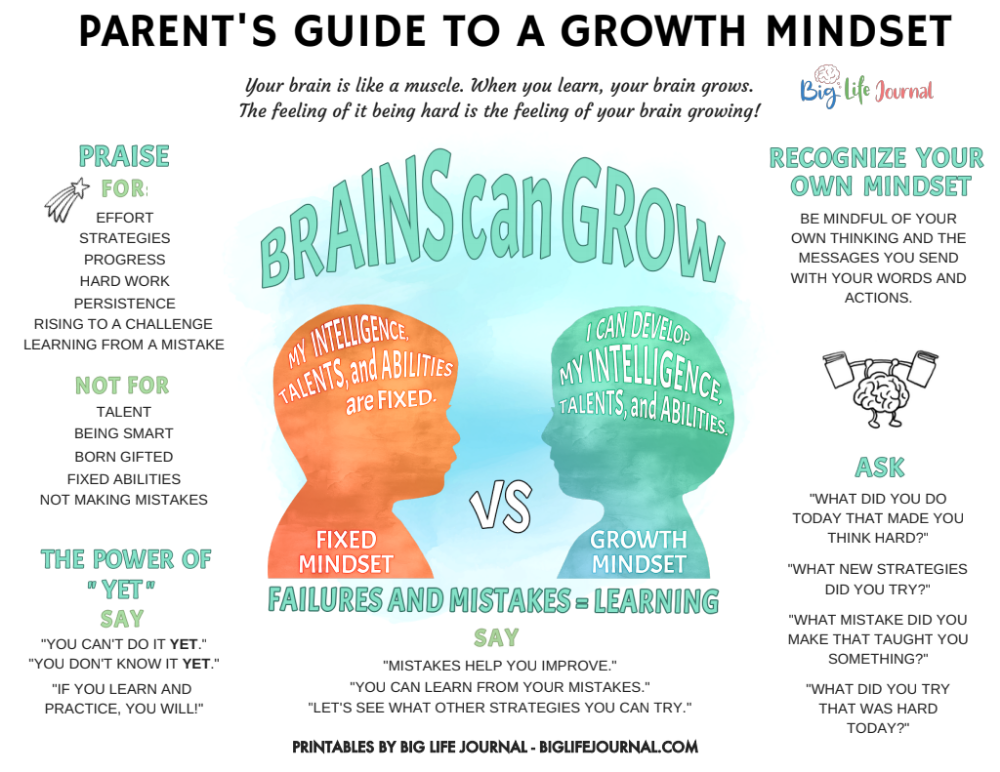 A child might do well with one skill but still be a little behind with another. Struggling with writing doesn’t mean kids aren’t smart. Some kids just need more support to thrive as writers.
A child might do well with one skill but still be a little behind with another. Struggling with writing doesn’t mean kids aren’t smart. Some kids just need more support to thrive as writers.
If you’re concerned that a child isn’t hitting many of these writing milestones, find out why some kids have trouble with writing.
Related topics
Reading and writing
Tell us what interests you
About the author
About the author
Gail Belsky is executive editor at Understood. She has written and edited for major media outlets, specializing in parenting, health, and career content.
Reviewed by
Reviewed by
Charles A. MacArthur, PhD is a professor of special education. He researches writing instruction, self-regulated strategies, and assistive technology.
Benefits of studying at IMTC
Various teams are organized for students to develop their skills
Student Council
This is a team of active, creative, bright personalities that supports students' ideas and helps in difficult situations, and also makes university life brighter! If you are creative and responsible and millions of ideas live in you, if you can work in a team and want to live an interesting and eventful student life, then we are waiting for you! Become one of us, kindle a fire in the eyes of a new generation, bring your ideas and projects to life! Invent and create with the IMTK Student Council!
Press Center IMTK
Provides students with the necessary information about cultural events held at the university and about student life in general.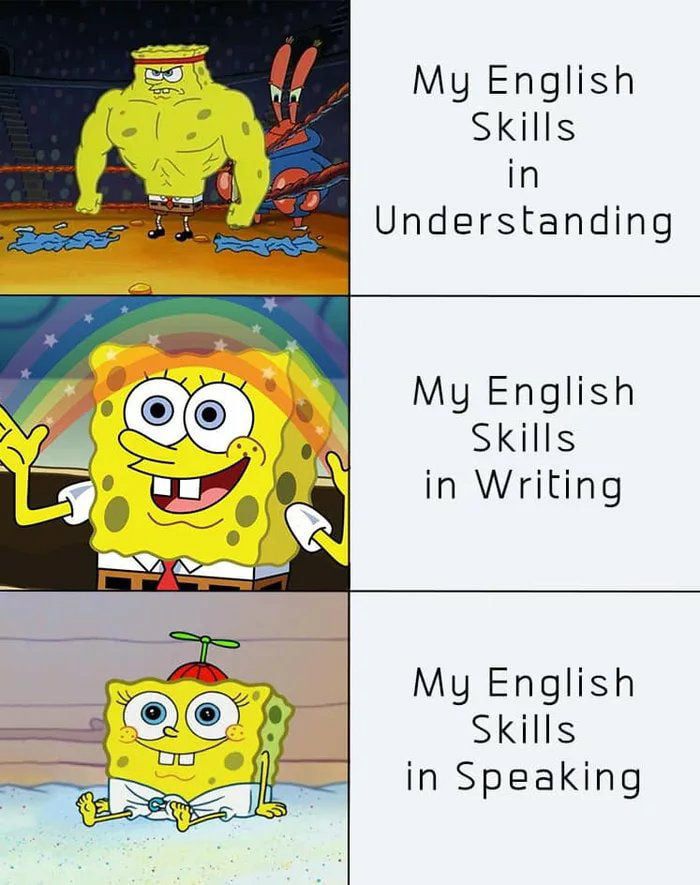 The press center team covers scientific and creative events, shouts out to like-minded people and talks about our plans. With us, you will learn how to write articles and tell news, you will be able to see life through a camera lens and you will get the opportunity to share interesting and exciting things with the world. We are waiting for journalists and cameramen, photographers, designers and artists! Tell us about student life through the eyes of the IMTK press center!
The press center team covers scientific and creative events, shouts out to like-minded people and talks about our plans. With us, you will learn how to write articles and tell news, you will be able to see life through a camera lens and you will get the opportunity to share interesting and exciting things with the world. We are waiting for journalists and cameramen, photographers, designers and artists! Tell us about student life through the eyes of the IMTK press center!
Creative sector
This is an important part of student life at IMTK. The sector organizes and conducts events, intellectual games, quizzes, creative evenings.
Vocal and instrumental sector
Allows students to develop their musical skills and take part in activities of various levels.
Theatrical direction
This is an amazing and emotional side of student life, where everyone can open up in a new way, master the word and stage art.
Dance group
IMTC "Team Tea" lives by the art of movement.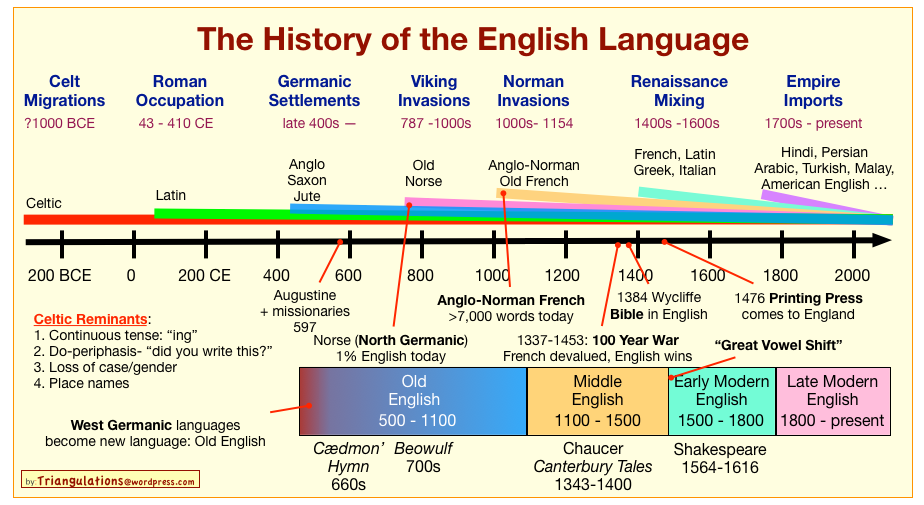 The guys participate in all university events, win prizes in competitions, share their energy with the audience and invite purposeful and rhythmic dancers to join their team.
The guys participate in all university events, win prizes in competitions, share their energy with the audience and invite purposeful and rhythmic dancers to join their team.
Volunteer student team
Creates conditions for the implementation of the desire to provide gratuitous assistance in the university and the city. Here everyone can gain invaluable experience and knowledge that will certainly be useful to students in the future. If you are ready to help others, then be sure to join the IMTC volunteers.
Student primary trade union organization BMI K
Responsible for protecting the rights of students and representing their interests, as well as organizing educational, entertainment and sports events. If you want to help others, defend the interests of students in disputes and conflicts, then join the IMTK Trade Union team. Change the rules, remove imperfections from your life, come out of the shadows and prove yourself!
Protocol and organizational sector
Provides information support for the activities of the institute and organization of protocol events.
Sports sector
It plays a special role in the process of physical culture and mass activities and is intended for organizing students' extracurricular life. This sector prepares students for participation in various sports events.
Is it possible to strengthen the brain by becoming an ambidexter? / Habr
Can the acquired skill of writing with both hands make your mind sharper and faster? Can training students to use their non-dominant hand improve their performance on exams? Such claims have been made for more than a hundred years.
Right-handedness or left-handedness is one of the deepest mysteries of neurology. We still know very little about what it means for the brain to be left-handed or right-handed, or what effect learned ambidexterity will have on the brain.
By the age of four, we develop a preference for using one hand over the other, which remains with us for the rest of our lives. Most of us prefer the right hand, and most of the rest prefer the left.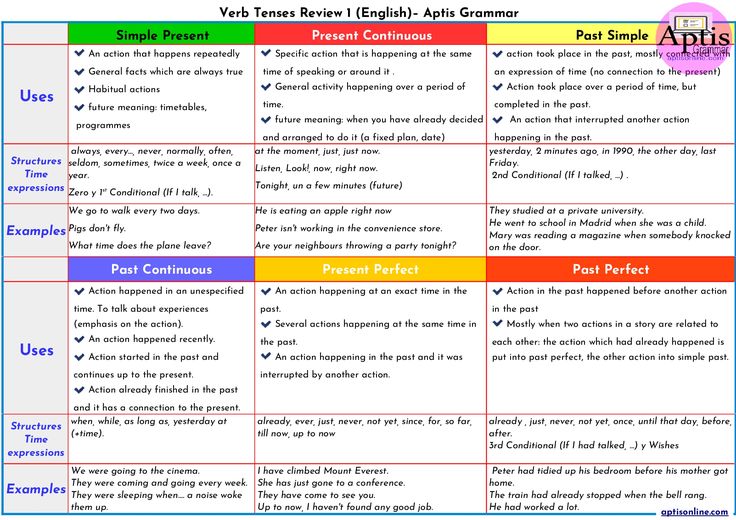 But a tiny fraction, less than one percent, live ambidexters. This property is innate and partly controlled by genetics. It is also seen in other animals, including primates. But the reason for the predominance of right-handedness is still not clear.
But a tiny fraction, less than one percent, live ambidexters. This property is innate and partly controlled by genetics. It is also seen in other animals, including primates. But the reason for the predominance of right-handedness is still not clear.
We know that hand choice is associated with an asymmetry in how the brain works: the left hemisphere controls the right side of the body, and vice versa. For the majority, it also contains speech centers, and therefore it is often argued that it prevails over the right.
Historically, lefties were stigmatized, punished, and forced to relearn, but in the late 19th century, a movement emerged touting the benefits of ambidexterity. In 1903, John Jackson, Senior Lecturer at the Grammar School in Belfast, founded the Ambidextral Culture Society. Jackson and his followers believed that the hemispheres of the brain were distinct and worked independently, and that the predominance of right-handedness wasted half the educational potential.
Jackson wrote that with ambidexterity training "each hand will be independent of the other in the production of any work... if necessary, one hand will be able to write a letter and the other to play the piano, without loss of concentration or ability." And the universal use of ambidexterity, as a result, was to lead to a brave new world of two-handed citizens with double brain activity.
Although Jackson's claims were based on scientific observation, they were eventually rejected. However, such ideas still exist, and some believe that learning to use the non-dominant hand can have a beneficial effect on brain activity. People making such claims are usually referring to neuroplasticity, which is the ability of the brain to change its structure and function in response to experience.
Take Whole Brain Power Consulting as an example, the “revolutionary brain training program” from Michael Lavery, who claims to be “a pioneer in applied neuroscience and brain function.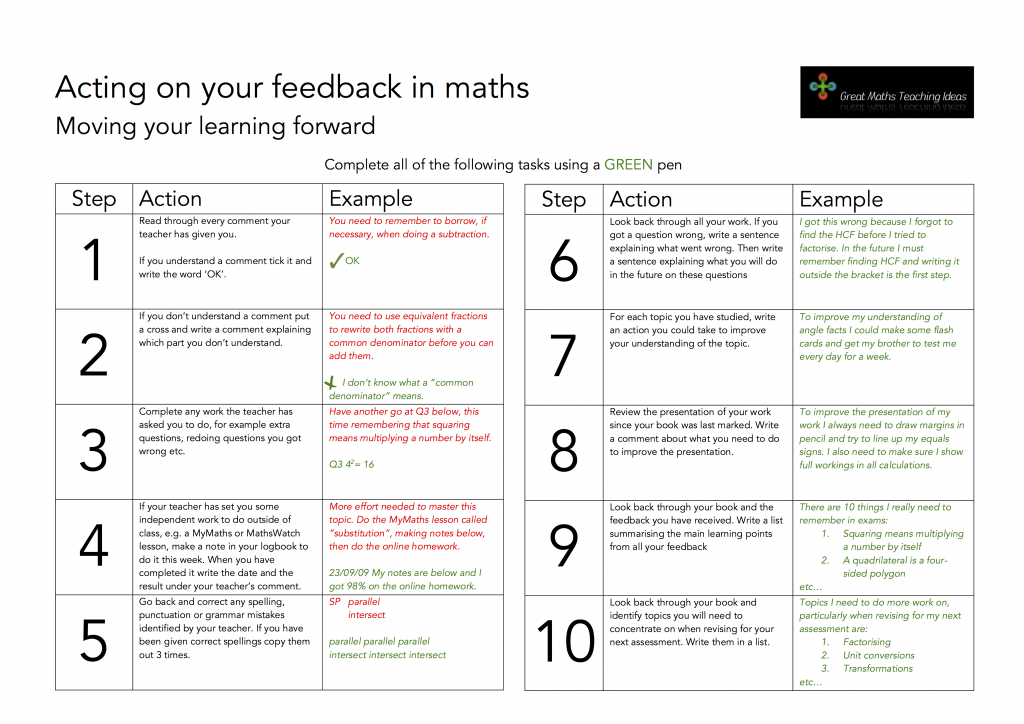 ” Through a set of "simple ambidexterity, writing, and memory training," he promises to "boost your mental circuits, your memory, beat stress, sharpen your mind, elevate your mood, improve sleep, and more." and so on.". And all this for only $67 (4400 r).
” Through a set of "simple ambidexterity, writing, and memory training," he promises to "boost your mental circuits, your memory, beat stress, sharpen your mind, elevate your mood, improve sleep, and more." and so on.". And all this for only $67 (4400 r).
Various websites claim that practicing using your non-dominant hand can improve your creativity. In his Good Financial Cents blog, certified financial designer Jeff Rose claims that using the “opposite” hand to perform daily tasks like brushing your teeth will “strengthen the neural connections in the brain and grow new ones.” It also “helps your brain cells grow.”
Rose talks about how “the non-dominant hand is connected to the non-dominant hemisphere of the brain, something that we don’t exercise as much… So when you use the non-dominant hand, both hemispheres are activated, which can lead to a change in thinking and increased creativity.”
While the structure and function of the brain can, of course, be greatly altered by new experiences and training, and your brain does continue to grow new cells throughout your life, how ambidexterity affects brain function is still poorly understood.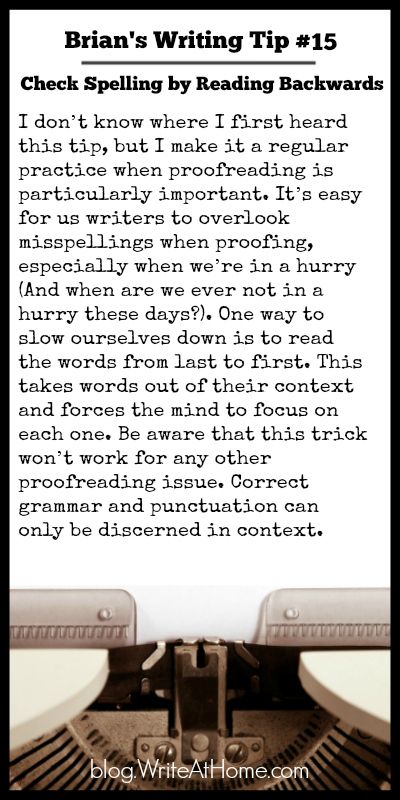 There is no scientific evidence that non-dominant arm training can lead to such positive effects.
There is no scientific evidence that non-dominant arm training can lead to such positive effects.
While Rose correctly writes that the non-dominant hand is associated with the non-dominant hemisphere of the brain, his assumption that this hemisphere does not exercise as often is incorrect, since all behavioral scenarios, even those that activate areas of the brain that exist only in one of the hemispheres, activate both hemispheres.
Some neuroscientists believe that ambidexterity training can be harmful, based on some research showing that innate ambidexterity correlates with poorer academic and mental health outcomes. These studies show that ambidexters perform worse than left-handed and right-handed people on a variety of tasks, especially arithmetic, memory problems, and logic exercises, and that ambidexters have language problems and attention deficit disorder. Ambidexterity has also been linked to accelerated brain shrinkage with aging.